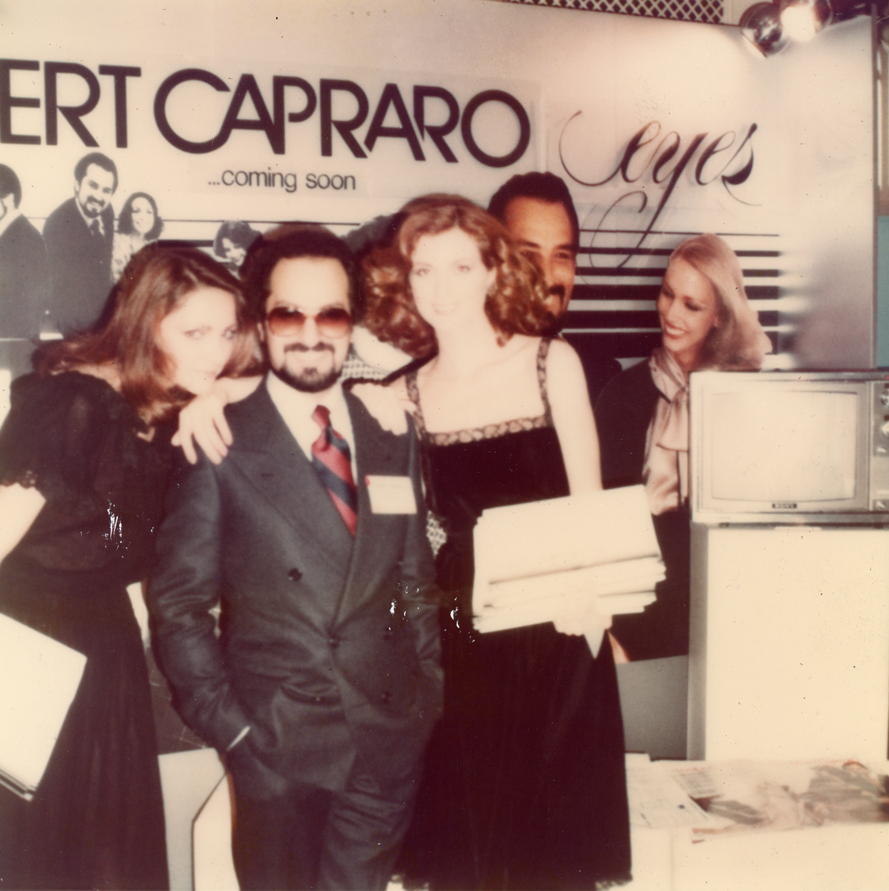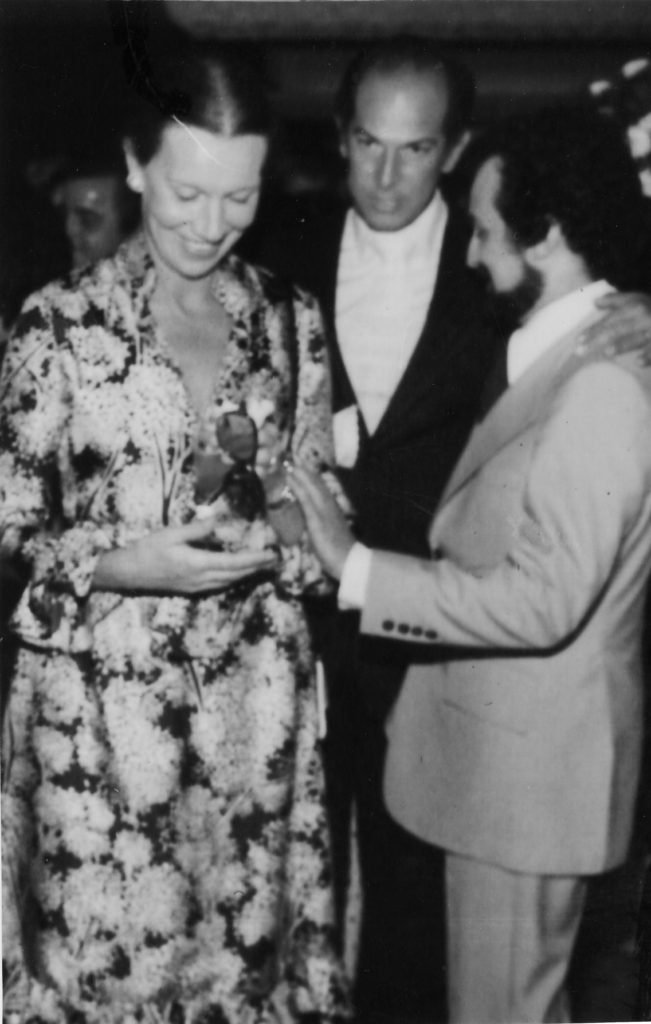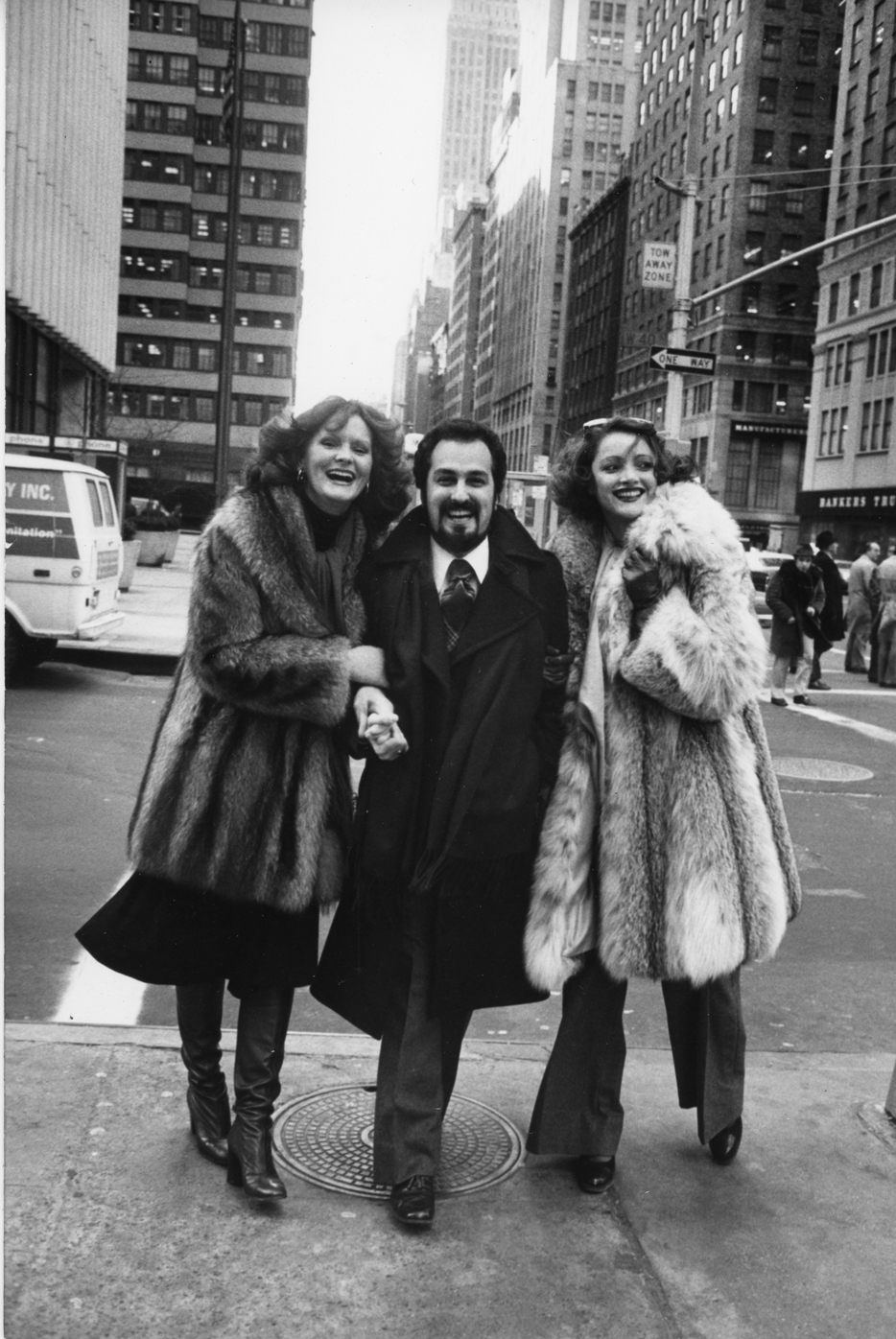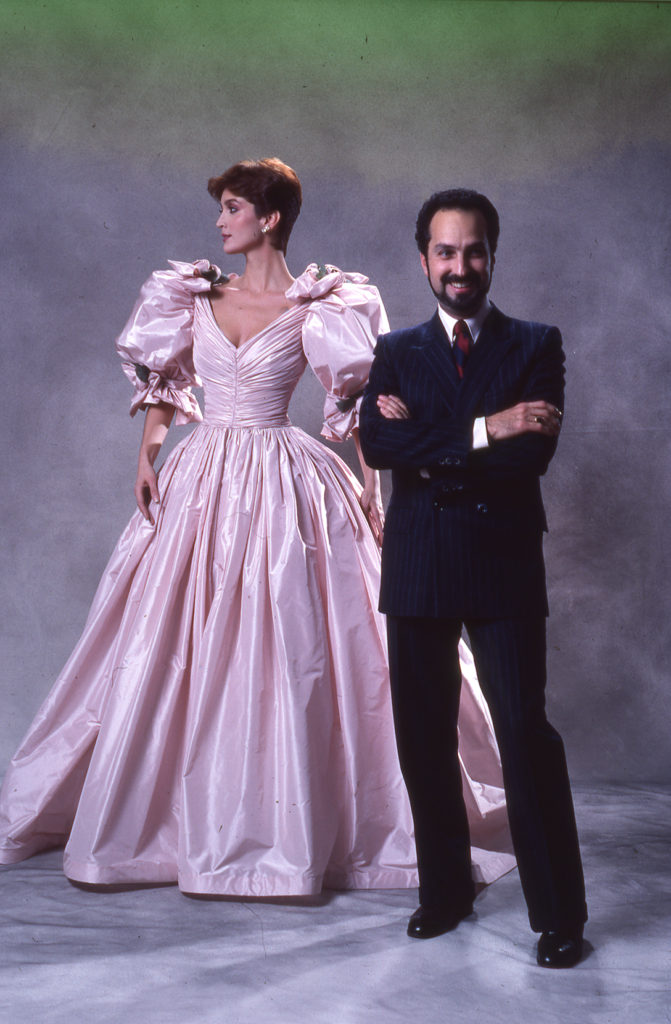
In January of 1975, First Lady Betty Ford saw photographs of his designs accompanying an article on Capraro in the Washington Star-News and invited the young designer to the White House. Overnight, Albert Capraro became a fashion celebrity, without having presented the designs at a formal showing.


Throughout his life, Albert Capraro continued to inspire and teach young designers through his role as a Design Critic at his alma mater Parsons School of Design.



Albert Capraro entered the world of fashion so quietly that only store buyers and a few adventurous fashion editors were aware that a new star was on the horizon. A native New Yorker and graduate of the Parsons School of Design, Capraro worked for Lily Dache, and then eight years as Associate Designer at Oscar de la Renta, before starting his own company in September 1974.

“Whatever mood a woman is trying to achieve, fashion should be used to express it.” said Capraro, “My clothes reflect a woman ‘s lifestyle and mirrors something of her own individuality. This is the Capraro signature.” Capraro attributed his love of romantic and elegant clothes to his fascination with 19th-century charm and grace.
Crowned the “Prince of Fashion” by the press, Albert Capraro continued to build his reputation, generating excitement and demand for his designs that continue to this day. The most famous women in the social, political, and entertainment world have worn Capraro designs, a First Lady of the United States of America, three Miss Americas, and more stars than there are in heaven.

Today his designs are featured in museums across the nation including the Museum of the City of New York, the Gerald R. Ford Presidential Library & Museum, and the Richard Nixon Presidential Library and Museum.
 Albert Capraro’s contribution to the exhibition at Metropolitan Museum of Art, New York (“The 18th Century Woman” – 1982 Costume Institute exhibition sponsored by Merle Norman) was this portrait -pretty gown of rose taffeta with full skirt, decorated neckline as was popular during the 18th century, and elaborate sleeves caught with roses and bows.
Albert Capraro’s contribution to the exhibition at Metropolitan Museum of Art, New York (“The 18th Century Woman” – 1982 Costume Institute exhibition sponsored by Merle Norman) was this portrait -pretty gown of rose taffeta with full skirt, decorated neckline as was popular during the 18th century, and elaborate sleeves caught with roses and bows.
AWARDS
“Designer to Distinguished Women” – American Association of University Women (1978)
“Distinguished Service to the City of New York” – Boys Town of Italy (1977)
“Bicentennial Designer of the Year” – Baltimore County Bicentennial Committee (1976)
“The International Award for Outstanding Contribution to Fashion” – Girls Town of Italy (1975)
“Camelia Fashion Award” – Birmingham, Alabama (1975)
“1975 Fashion Award” – Fashion Sales Guild of New York
“Outstanding American Designer” – Salvation Army Auxiliary (1975-1976)
“Most Creative Fashion Designer” – Us Magazine Readers Poll Results – November 5, 1984